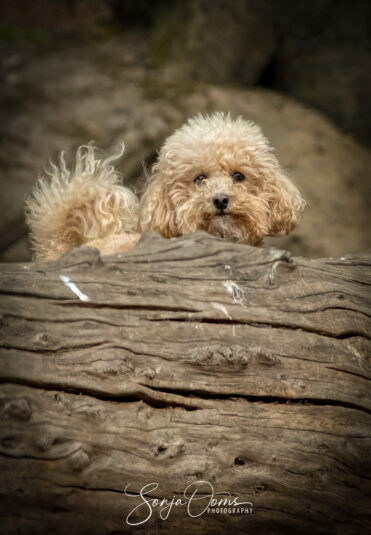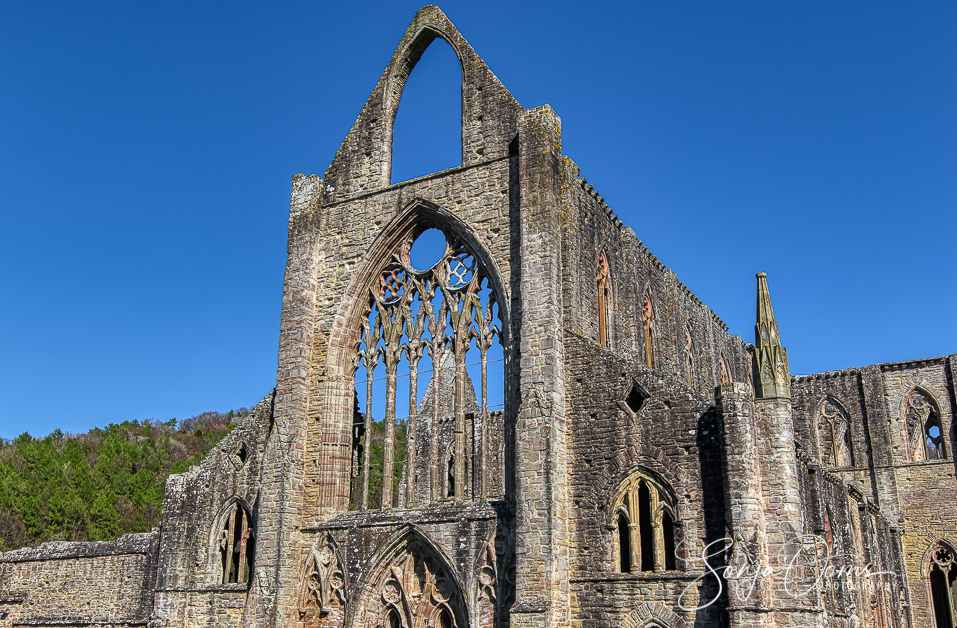After more than a year of C-19 lockdown upon lockdown upon lockdown…, we finally made it to the country where all the nice places have fairy tale names, right out of a Tolkien novel.
Welsh is part of the Brythonic branch of the Celtic languages. And it is indeed the Welsh language that J.R.R. Tolkien took inspiration from for the language Sindarin, the common language of the Elves of Middle-earth in his epic story, Lord of the Rings.
The Welsh language also provided Tolkien with another major inspiration: the 13th Century king of Gwynedd, Llywelyn Fawr (Llywelyn the Great) had a ring made for his wife-to-be, Joan, Lady of Wales, the illegitimate daughter of King John of England.
The ring had an inscription which read: “Un fodrwy i ddangos ein cariad; Un fodrwy i’n clymu”. This inscription translates as: “One ring to show our love; One ring to bind us”.
Rings a bell? This is what was written in Frodo Baggins’s ring in the Tolkien story: “One Ring to rule them all, One Ring to find them, One Ring to bring them all and in the darkness bind them“.
Llywelyn and Joan were married in 1206, the famous inscription has been a popular choice for Welsh wedding rings ever since the discovery of Joan’s ring.
So we not only visited Wales for the first time but we also met Joan for the first time! Well, no not the Joan from the ring, but Mark’s and Becky’s Joan, wife and mother to long-time dive buddies of us.
Wales is a great country to explore! From picturesque towns and gorgeous and dramatic coastlines to beautiful national parks, it’s the kind of country that’s got a little slice of everything to see. You’ll easily find plenty of tranquil and totally beautiful national parks to visit. This is no truer than with the Brecon Beacons. Stretching halfway across the width of Wales.
Being one of Wales’ three national parks (the other two being Snowdonia and Pembrokeshire), the Brecon Beacons has long been protected for us all to enjoy.
Although we might have visited a little bit early in the year, during a cold but dry month of April, as the landscape was still quite barren, this does bring out such interesting and beautiful colors for landscape photography.
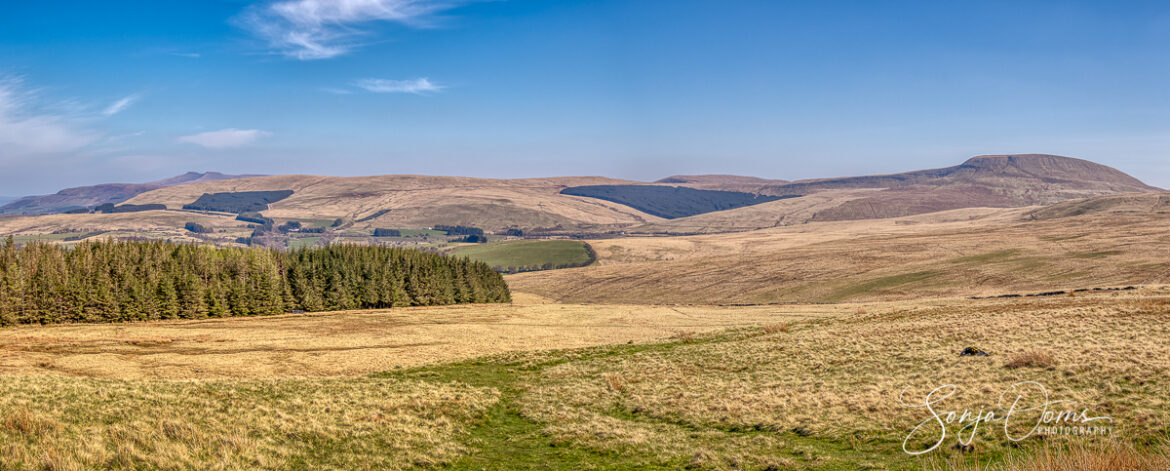
Fforest Fawr Geopark
For anyone loving the great outdoors like we do, Fforest Fawr Geopark , stretching over the vast majority of Western Brecon Beacons is stunning to visit. There are hiking trails everywhere you look. But beware: there is very little shelter from the elements here: in winter it must get really really cold and windy, in summer the sun will beat down mercilessly on you!
Fforest Fawr Geopark has now been classified as a UNESCO Global Geopark, being the first-ever geopark to be designated in Wales.
You see, the thing that makes this one of the best places in the Brecon Beacons to visit is its long and diverse history. The gorgeous landscapes were formed more than 20,000 years ago. Not only that, the whole area of Fforest Fawr Geopark even has evidence of early populations that lived in the area over 8,000 years ago!
In fact we ended up by accident in this part of the park as on the first day of your 4 day stay in the Brecons we had a visit to Waterfall Country planned. But we arrived on a Saturday afternoon and on top of that on one of the first weekends of freedom from C-19 lockdown in Wales. Humongous mistake.
Approaching the start of the Four Falls Hike path there were like a zillion cars parked alongside the road. And whenever we see more than a dozen cars parked at the start of a hike and more than 5 whining kids per square mile we run for the hills! And that’s exactly how we ended up in the Fforest Fawr Geopark on our first day.
Once here, one should explore the trails around the Black Mountain range, it seems they’re totally incredible to see. But as Sonja is suffering since a few months from a bad attack of gout – oops sorry achilles tendinitis 🙂 we can’t do any long hikes for the time being and are limited to shorter and less strenuous trails.

Llyn y Fan Fach
So alternatively we took one of the shorter and easier routes to see Llyn y Fan Fach, a glacial lake that is way too stunning to miss. By the way, surrounding this area there’s a legend “The Lady Of The Lake“, which you can read all about here.
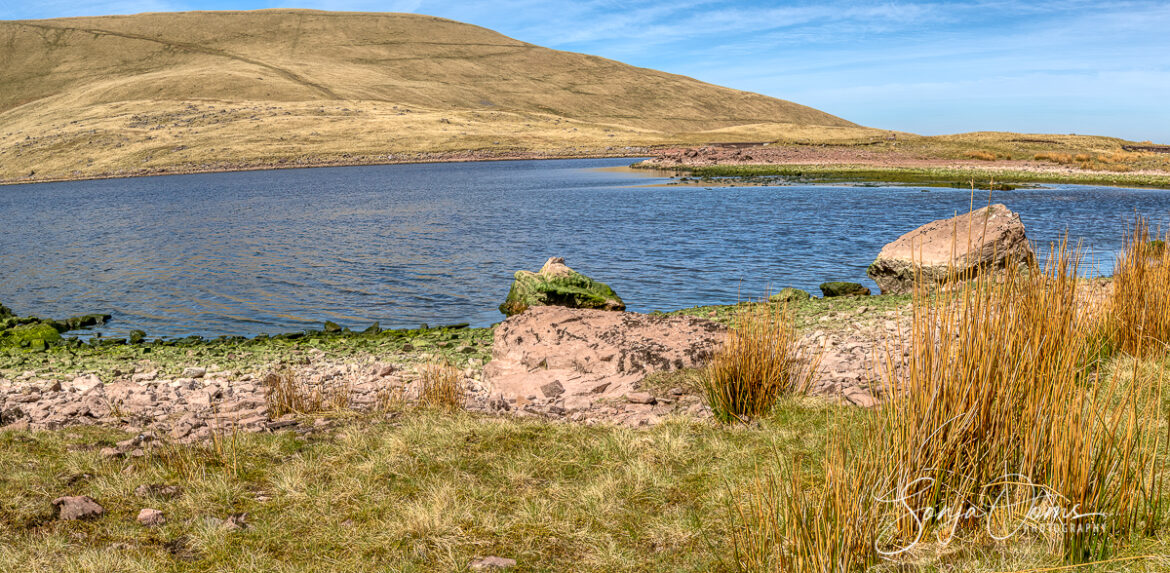
For the best views, head to the top of Pen-y-Fan, for the views from the summit must be totally stunning. The highest peak in the Black Mountain (Y Mynydd Du) range is Fan Brycheiniog at 802m. Close to the lake, this is Picws Du (Bannau Sir Gaer) which is the second highest peak in this range.
But that will be for another trip because … yeah right: achilles tendinitis 🙂
Just be sure to always hike responsibly and be aware of the weather conditions that can change really fast here.
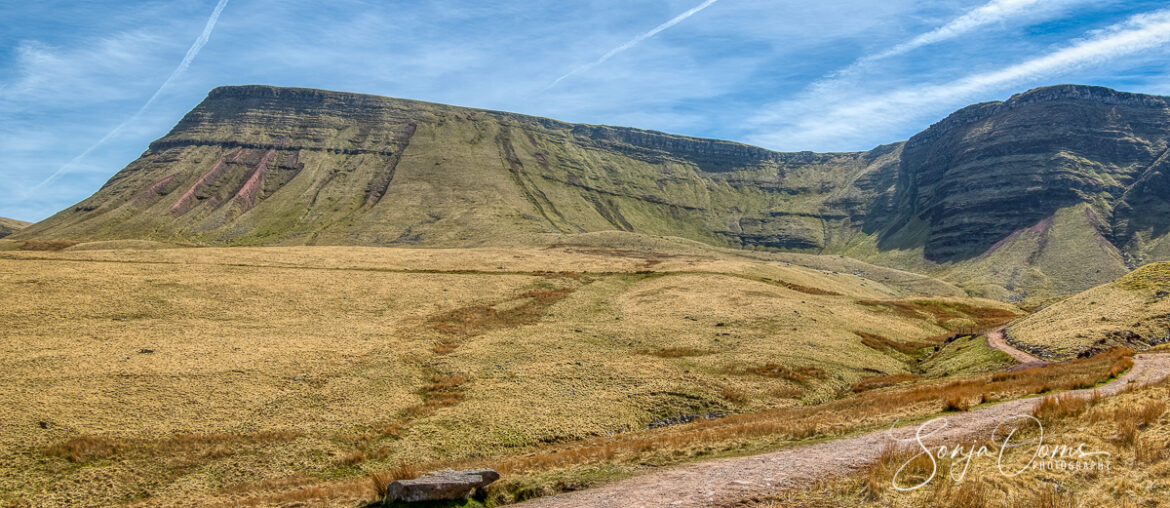
Picws Du (Bannau Sir Gaer)
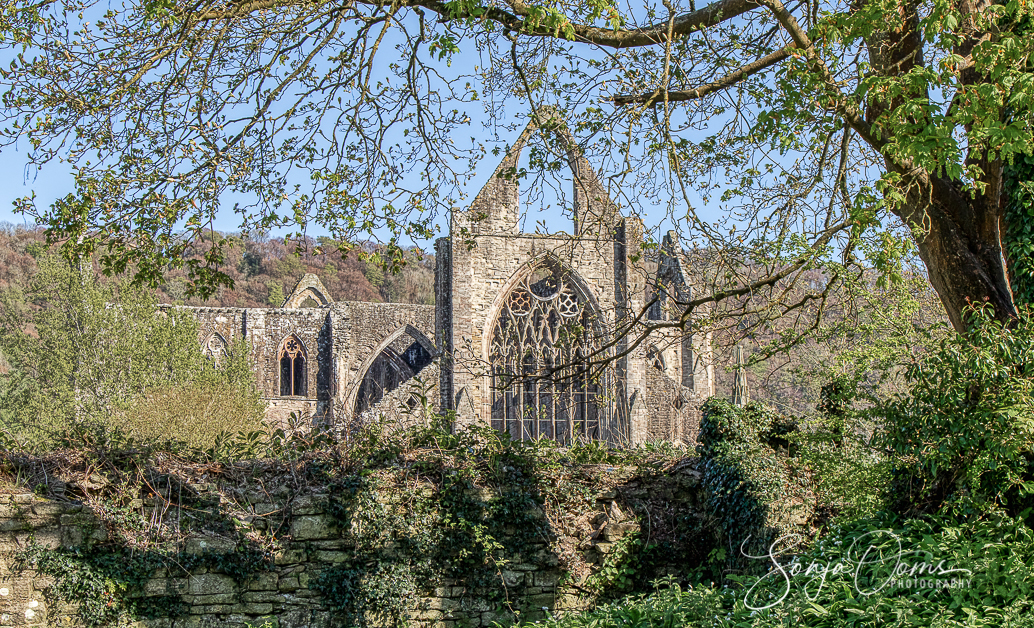
Tintern Abbey Ruins (Wye Valley)
We also made a short excursion into the Wye Valley to visit the ruins of the Tintern Abbey.
Tintern Abbey is a national icon — still standing in roofless splendor on the Welsh bank of the River Wye, nearly 500 years since its tragic fall from grace.
It was founded in 1131 by Cistercian monks, who were happy to make do with timber buildings at first. A simple stone church and cloisters came later. But then, thanks to the patronage of wealthy Marcher lords, the white-robed monks began to think bigger.
In 1269 they began to build a new abbey church and didn’t stop until they’d created one of the masterpieces of British Gothic architecture. The great west front with its seven-lancet window and the soaring arches of the nave still take the breath away.
So grateful were the monks to their powerful patron Roger Bigod that they were still handing out alms on his behalf in 1535. But by then King Henry VIII’s English Reformation was well underway.
And just a year later Tintern Abbey, like so many other abbeys, surrendered in the first round of the dissolution of the monasteries — and the great abbey began slowly to turn into a majestic ruin.
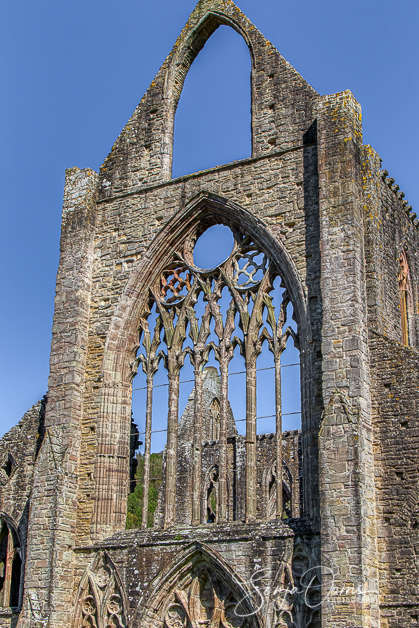
Waterfall Country
On the fringes of Brecon Beacons, the area lovingly known as Waterfall Country, is another nice place to explore.
With what seems like a waterfall everywhere you turn, take a walk down a trail or two around Waterfall Country and explore some of the area’s key falls.
Once in the area, you could head to the car park at the trailhead for the Four Waterfalls Walk. You will remember we came to this place on Saturday, but fled because of the hordes of tourists present.
So we came back on Tuesday morning and lo and behold: not a soul in sight. But adding insult to injury: we completely forgot that there hasn’t been a drop of rain in the three weeks before we went to Wales. No rain = little water in the rivers = no falls! Which we only realized after a 4 km hike up the trail 🙂
This photo shows all that remained of one of the falls, Sgwd Gwladus, not very impressive you will agree 🙂
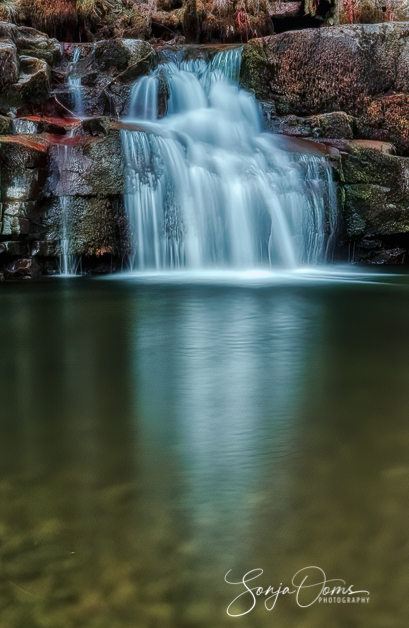
The Brecon Beacons trip was an extremely nice introduction to Wales, and a happy reunion with a good friend. So much so that in a few weeks we will head out to Wales again to visit that second Welsh national park : the Pembrokeshire Coast. Just watch this space!
A special word of thanks to Michelle & Andrew for letting us stay at the edge of the Brecon Beacons Park in their pet friendly “Groom’s Room” in Llwydcoed, near Aberdare for 4 days in glorious peace and quiet!
Some of the shots on this blog-post are available for download on Sonja’s SHUTTERSTOCK account
